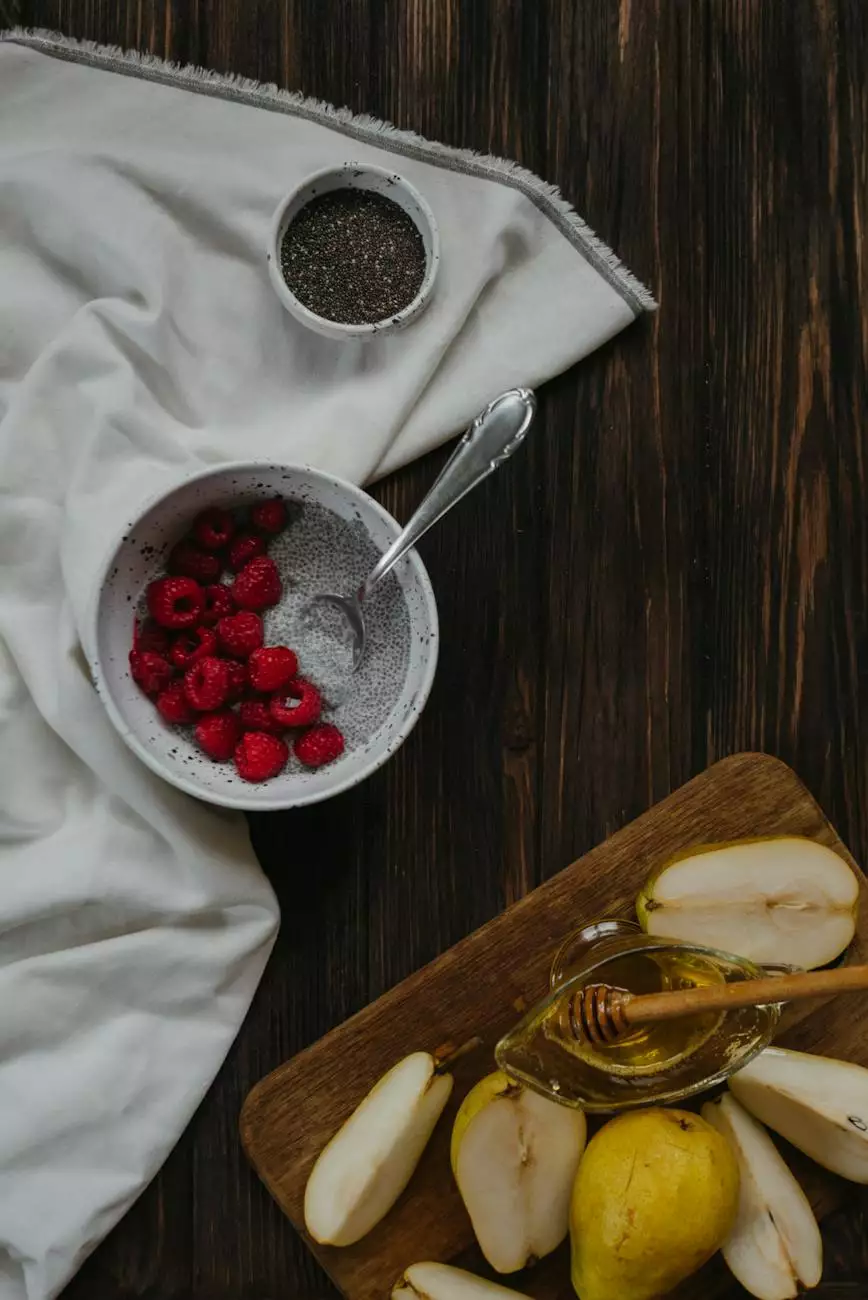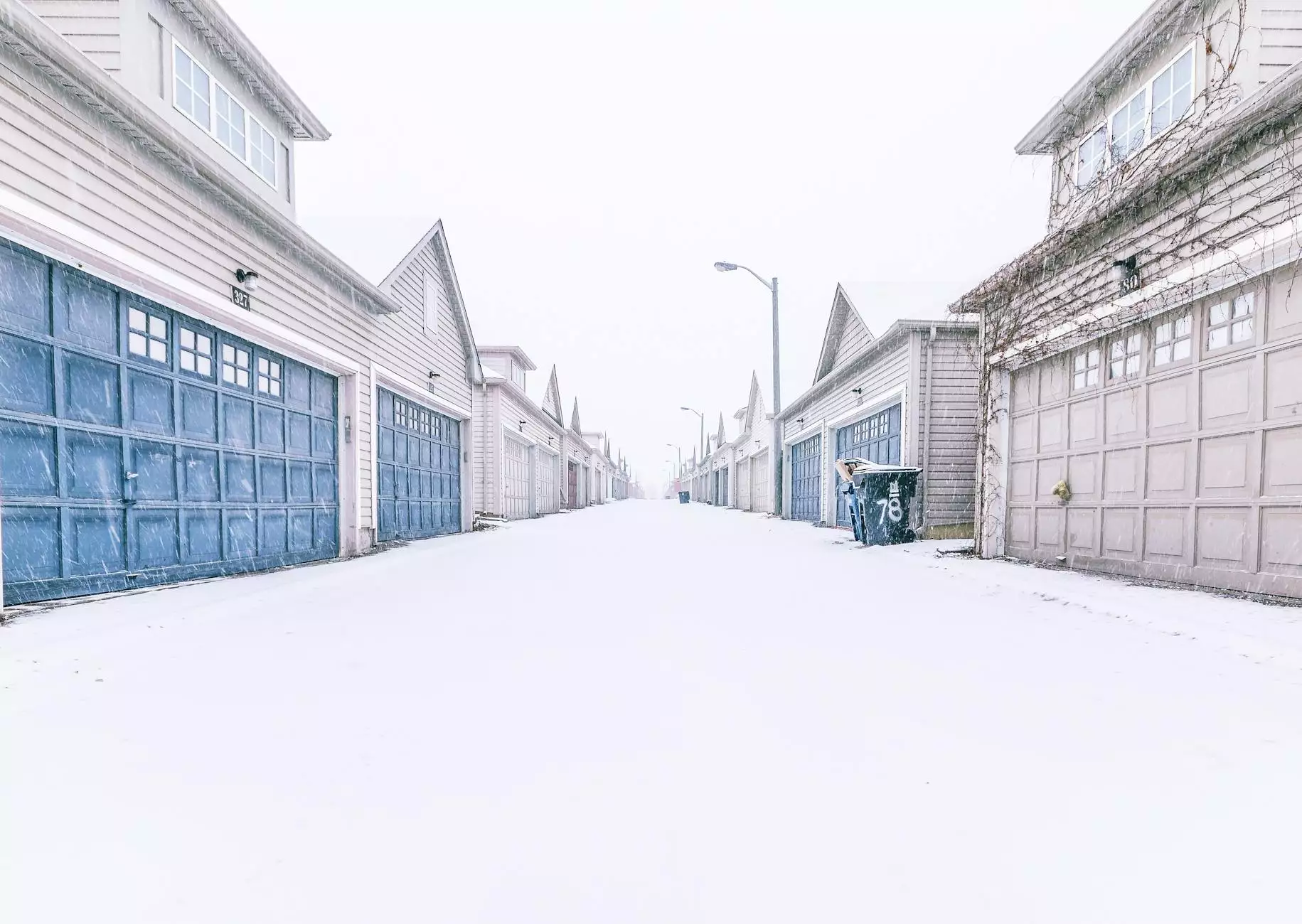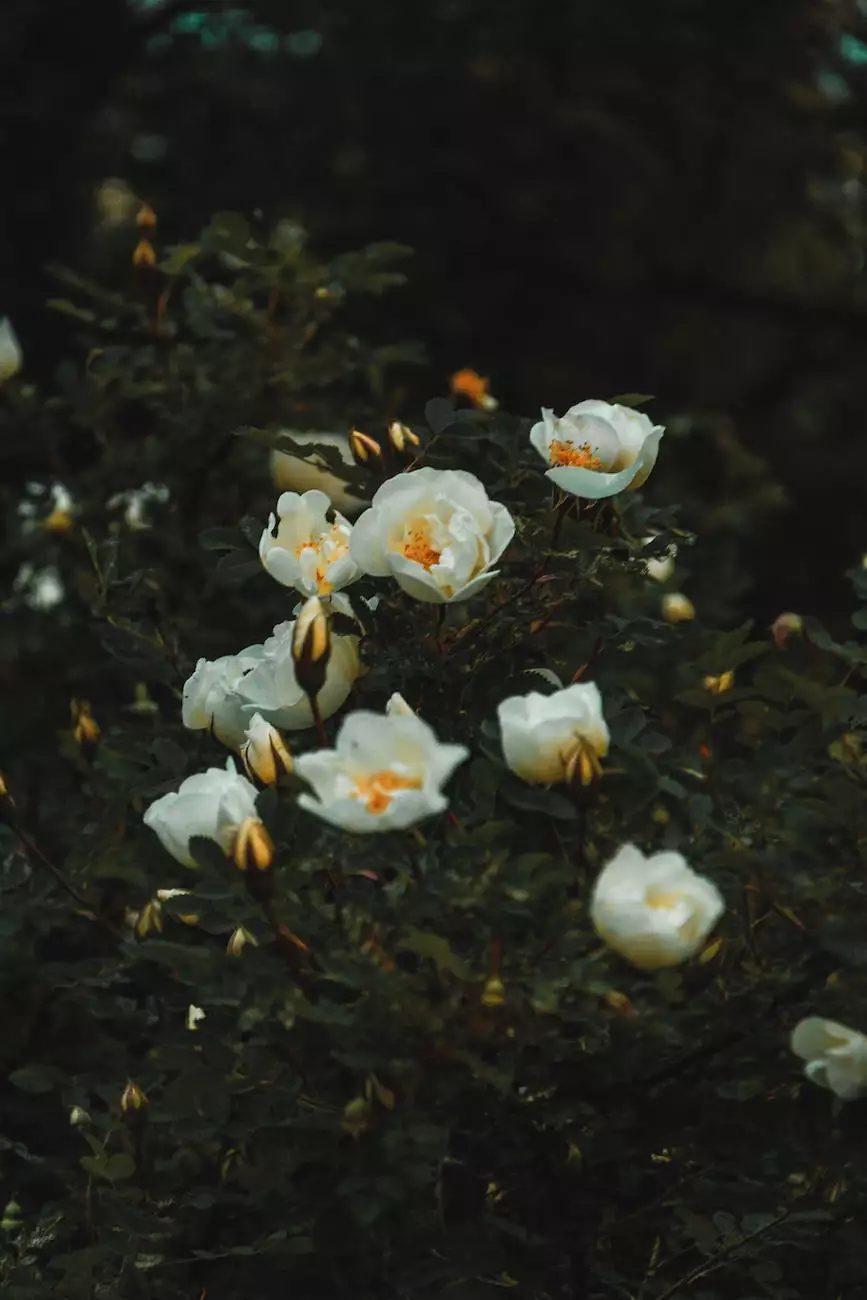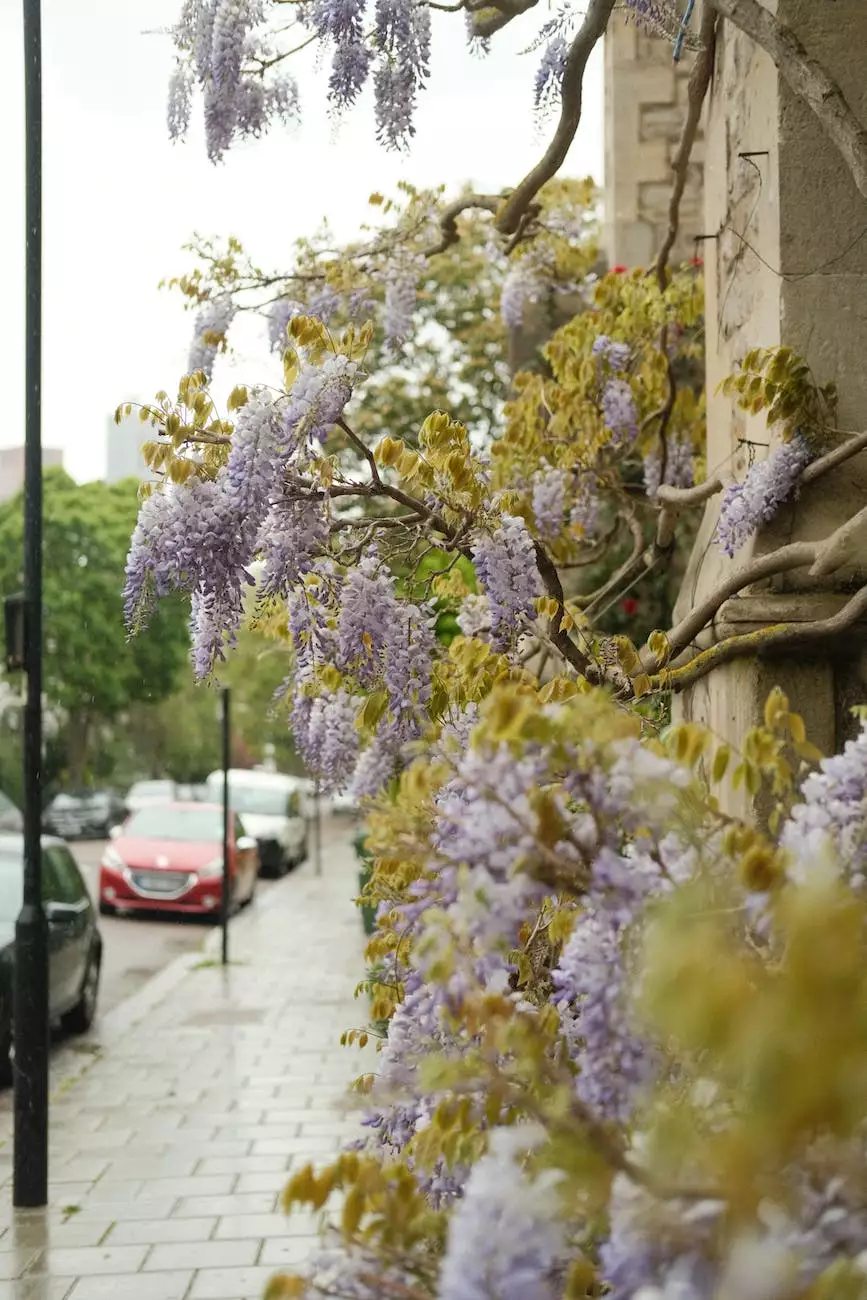Growing Clematis in Des Moines

Welcome to Cutting Hedge Services, your go-to resource for successfully growing clematis in Des Moines. With our expert tips and comprehensive guide, you'll be able to cultivate beautiful and vibrant clematis plants in your own garden. Whether you're a seasoned gardener or just starting out, our detailed instructions and personalized recommendations will ensure your clematis thrives.
Why Choose Clematis for Your Des Moines Garden?
Clematis is a stunning flowering plant that can add a touch of elegance to any garden in Des Moines. With its wide variety of colors and shapes, clematis offers a versatile and eye-catching display throughout the growing season. Whether you're looking for a vibrant climber to cover a fence or a compact variety for a container, clematis has something to offer.
One of the benefits of growing clematis in Des Moines is its adaptability to the local climate. These hardy plants can survive and thrive in the challenging weather conditions often experienced in the area. By choosing the right clematis variety and providing the proper care, you can enjoy beautiful blooms year after year.
Choosing the Right Clematis Variety
When it comes to selecting the perfect clematis variety for your Des Moines garden, there are a few factors to consider. These include the desired height, flower form, and bloom time. By understanding these characteristics, you can choose the ideal clematis for your specific needs.
Height
Clematis varieties are typically categorized based on their height and growth habit. For smaller gardens or container planting, compact varieties such as 'Nelly Moser' or 'Jackmanii' are excellent choices. If you have a larger space or want a stunning climber, consider taller varieties like 'Sweet Autumn' or 'Montana'.
Flower Form
Clematis flowers come in a range of forms, including single, semi-double, and double blooms. Each form adds its own unique charm to your garden. the single flowers typically have four to six petals and are perfect for creating a delicate display. The double blooms, with their multiple layers of petals, create a more dramatic and show-stopping effect.
Bloom Time
Another factor to consider when choosing a clematis variety is its bloom time. Clematis can be categorized into early, mid, and late-season bloomers. By selecting a combination of varieties with staggered bloom times, you can ensure a continuous display of flowers throughout the growing season.
Planting and Caring for Clematis in Des Moines
Now that you've selected the perfect clematis varieties, it's time to plant them in your Des Moines garden. Follow these steps to ensure their successful establishment and long-term growth:
- Choose a suitable location with well-draining soil and adequate sunlight. Clematis prefers a minimum of six hours of direct sunlight per day.
- Prepare the planting hole by adding organic matter and ensuring it's deep enough to accommodate the root ball.
- Gently place the clematis plant in the hole, ensuring the crown is level with the soil surface. Backfill the hole with soil, firming it gently around the roots.
- Water the newly planted clematis thoroughly and provide a layer of mulch to conserve moisture and suppress weed growth.
- Support the clematis with a trellis, arbor, or other structure to allow it to climb and showcase its beauty.
- Regularly water the clematis, especially during dry periods, and monitor for any signs of pests or diseases.
- Prune the clematis in late winter or early spring to remove any dead or damaged foliage and encourage new growth.
- Apply a balanced fertilizer according to the specific needs of your clematis variety.
Troubleshooting Common Clematis Issues
While clematis is generally a resilient plant, it may encounter certain issues that can hinder its growth and flowering. Here are some common problems you may face when growing clematis in Des Moines, along with their solutions:
Lack of Blooms
If your clematis isn't blooming as expected, it may be due to insufficient sunlight, incorrect pruning, or improper fertilization. Ensure your clematis receives adequate sunlight, follow the pruning guidelines for your specific variety, and provide the appropriate fertilizer to encourage blooming.
Pest Infestation
Common pests that can affect clematis include aphids, slugs, and snails. Regularly monitor your plants for signs of pest infestation, such as distorted leaves or chewed foliage. Control these pests using organic methods or seek professional assistance if needed.
Disease Prevention
While clematis is generally resistant to diseases, it can be susceptible to certain fungal infections, such as powdery mildew and leaf spot. To prevent these diseases, ensure proper air circulation around the plants, avoid overhead watering, and promptly remove any affected foliage.
Conclusion
Congratulations! You now have all the information you need to successfully grow clematis in Des Moines. Remember to choose the right variety based on height, flower form, and bloom time. Provide the optimal planting conditions and care, and troubleshoot any issues that may arise. With Cutting Hedge Services as your trusted resource, your clematis plants are sure to flourish and enhance the beauty of your garden for years to come.




